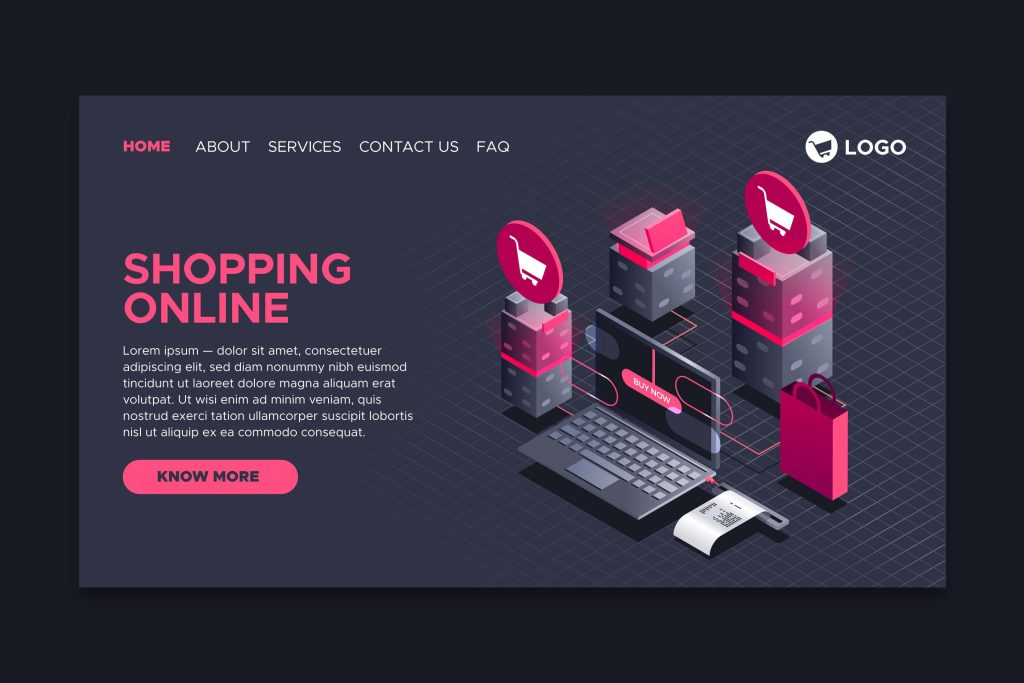Patients today turn to Google when searching for a trusted orthodontist nearby. They want convenience, reliability, and local relevance—all within a few taps on their phone. That’s where local SEO comes in. Local SEO for orthodontists is a proven way to increase your practice’s online visibility and attract nearby patients who are actively searching for your services.
What Is Local SEO for Orthodontists and Why Should You Care?
Local SEO for orthodontists refers to the process of optimizing your online presence so that your practice appears in local search results—especially when potential patients search for terms like “orthodontist near me” or “braces in [city].” This strategy helps ensure that your website, Google Business Profile, and other digital assets show up when it matters most. Unlike traditional SEO, which casts a wide net, local SEO targets your immediate geographic area. That means more phone calls, more appointments, and a steady stream of local traffic to your practice.
How Google Ranks Orthodontists in Local Search Results
When someone searches for orthodontic services nearby, Google displays a local pack—the top three listings on the map—alongside organic results. These rankings aren’t random. Google considers a few core factors: proximity to the searcher, the relevance of your business listing to the search term, and the prominence of your practice online. If your listing is outdated or lacks reviews, your chances of appearing in the top results decrease significantly. This section will walk through how Google’s local algorithm works and how to make sure your practice aligns with it.
Top 10 Local SEO Tips for Orthodontists to Attract More Nearby Patients
If you want more local patients walking through your doors, local SEO isn’t optional—it’s essential. These ten proven tips will help your orthodontic practice show up where it matters most: right in your neighborhood’s search results.
1. Understand What Local SEO for Orthodontists Really Means
Local SEO for orthodontists is all about making your practice visible to nearby patients searching for orthodontic services. When someone Googles “braces near me” or “orthodontist in [city],” your goal is to be front and center in those search results. Local SEO helps you do exactly that. It goes beyond traditional SEO by focusing on your geographic location, making sure search engines connect your practice with local users. By understanding how this works, you set the foundation for higher local rankings and more foot traffic to your office.
2. Claim and Optimize Your Google Business Profile
Your Google Business Profile is a game-changer for local SEO. It’s often the first thing a potential patient sees when searching for an orthodontist. You’ll want to claim and verify your profile, then optimize every detail—from your business name and categories to your services and hours of operation. Upload quality photos of your office, your team, and even before-and-after shots (with permission). A well-optimized profile not only improves your search presence but also builds trust at first glance.
Also Read: Local SEO for Medical Professionals
3. Keep Your NAP (Name, Address, Phone) Consistent Everywhere
Consistency might seem minor, but it plays a huge role in how search engines rank your practice. Your NAP—Name, Address, and Phone Number—must be exactly the same across your website, directories, and social profiles. Even small variations like “St.” vs “Street” can confuse Google. Local SEO for orthodontists depends heavily on these details because they confirm your legitimacy and location. Use a tool like Moz Local or BrightLocal to keep tabs on your listings and correct any discrepancies quickly.
4. Get Featured in Local Directories and Citation Sites
Getting listed on reputable directories like Yelp, Healthgrades, and Zocdoc helps improve your local SEO signals. These listings, also known as citations, increase your visibility and validate your business in the eyes of search engines. When your orthodontic practice is consistently listed with accurate information across these platforms, it boosts your trust score and your chances of showing up in the local pack. Aim for both general directories and niche dental or healthcare listings.
5. Encourage and Manage Online Reviews Strategically
Online reviews are one of the most powerful ranking and conversion tools in local SEO. They help you stand out, build credibility, and tell Google that your orthodontic practice is active and trusted by patients. Encourage satisfied patients to leave honest reviews on Google, Facebook, and healthcare-specific platforms. Don’t forget to respond to each review with genuine appreciation—or empathy, if the feedback is less than glowing. A consistent review strategy signals engagement and trust, both of which drive visibility.
6. Optimize On-Page SEO for Your Website
Your website should work hand in hand with your local SEO strategy. Start by including location-based keywords naturally in your page titles, meta descriptions, headers, and body content. For example, instead of just “Invisalign Services,” try “Invisalign Services in [Your City].” Using the focus keyword “local SEO for orthodontists” on key pages also helps Google categorize your content more accurately. Don’t overlook technical SEO either—make sure your site loads fast, looks great on mobile, and includes structured data markup.
7. Create Location-Focused Blog Content
Content marketing is a secret weapon for local SEO success. Writing blog posts that are tailored to your area not only helps you rank for local keywords but also positions you as an expert in your community. Try creating content like “Top Braces Options in [Your City]” or “When Should Kids Visit an Orthodontist in [Neighborhood]?” Naturally weaving in phrases like “local SEO for orthodontists” makes your content more SEO-friendly while still being informative and engaging for readers.
Also Read: Local SEO Link Building
8. Earn Backlinks from Local Websites
Backlinks—or links to your website from other local sources—signal relevance and authority to search engines. Partnering with local schools, sponsoring community events, or getting featured in neighborhood blogs are all ways to earn valuable backlinks. These links not only drive referral traffic but also help boost your position in local search results. The more high-quality, locally relevant sites that link to your practice, the more likely Google is to consider you a top orthodontic option in your area.
9. Use GeoGrid Tools to Monitor Local Rankings
Ranking in local SEO isn’t just about showing up—it’s about where you show up, even down to specific neighborhoods or zip codes. GeoGrid tools like Local Falcon or Local Viking help you visualize your visibility across your city. You can see where your practice ranks in different locations, which helps you pinpoint opportunities to optimize your presence. These tools are especially useful for orthodontists with multiple locations or who want to dominate a wider local area.
10. Track, Analyze, and Adjust Your Local SEO Strategy
Just like a treatment plan, your local SEO efforts need regular monitoring and tweaking. Use tools like Google Analytics and Search Console to track traffic, conversions, and ranking improvements. Monitor how well your Google Business Profile is performing. Are people clicking for directions? Are calls increasing? These insights help you understand what’s working and where to focus your energy next. Staying active in your local SEO strategy keeps your practice visible, relevant, and ahead of the competition.
Local SEO for Orthodontists Is the Key to Long-Term Practice Growth
Local SEO for orthodontists isn’t just a checklist—it’s an ongoing strategy that can transform how new patients find and choose your practice. Whether it’s optimizing your Google Business Profile, collecting more reviews, or creating hyper-local content, each step contributes to greater visibility and credibility. With more people relying on search to make healthcare decisions, showing up in local results can mean the difference between an empty chair and a full schedule. Don’t wait to get started—take one strategy from this guide and begin putting it into action today. The results will speak for themselves.
Interesting Reads:














